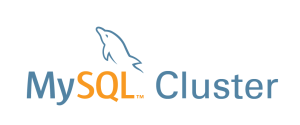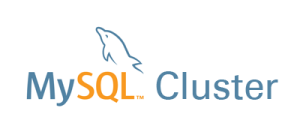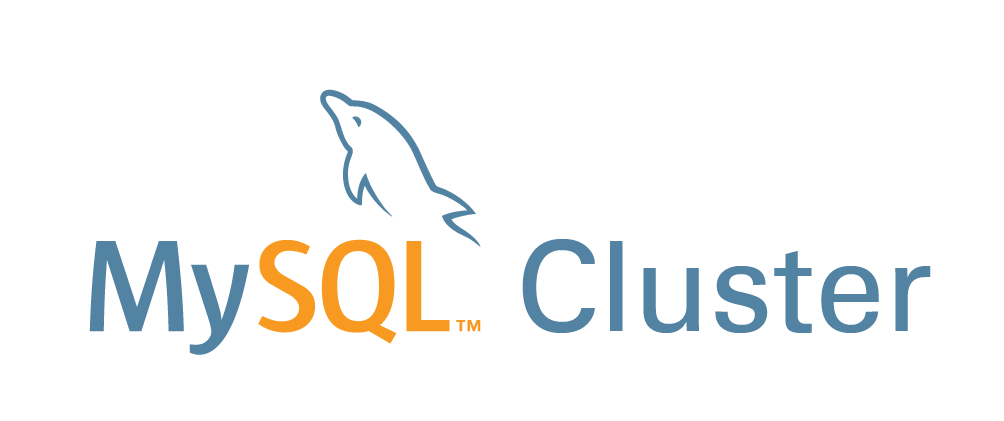
The binary and source versions of MySQL Cluster 7.3.8 have now been made available at http://www.mysql.com/downloads/cluster/.
Release notes
MySQL Cluster NDB 7.3.8 is a new release of MySQL Cluster, based on MySQL Server 5.6 and including features from version 7.3 of the NDB storage engine, as well as fixing a number of recently discovered bugs in previous MySQL Cluster releases. Obtaining MySQL Cluster NDB 7.3. MySQL Cluster NDB 7.3 source code and binaries can be obtained from
http://dev.mysql.com/downloads/cluster/.
For an overview of changes made in MySQL Cluster NDB 7.3, see MySQL Cluster Development in MySQL Cluster NDB 7.3 (
http://dev.mysql.com/doc/refman/5.6/en/mysql-cluster-development-5-6-ndb-7-3.html).
This release also incorporates all bugfixes and changes made in previous MySQL Cluster releases, as well as all bugfixes and feature changes which were added in mainline MySQL 5.6 through MySQL 5.6.22 (see Changes in MySQL 5.6.22). A full description of feature changes and bug fixes in can be found in the MySQL Cluster 7.3.8 release notes; for convenience, the feature changes (but not bug fixes) are listed here.
Functionality Added or Changed
- Performance: Recent improvements made to the multithreaded scheduler were intended to optimize the cache behavior of its internal data structures, with members of these structures placed such that those local to a given thread do not overflow into a cache line which can be accessed by another thread. Where required, extra padding bytes are inserted to isolate cache lines owned (or shared) by other threads, thus avoiding invalidation of the entire cache line if another thread writes into a cache line not entirely owned by itself. This optimization improved MT Scheduler performance by several percent.It has since been found that the optimization just described depends on the global instance of struct thr_repository starting at a cache line aligned base address as well as the compiler not rearranging or adding extra padding to the scheduler struct; it was also found that these prerequisites were not guaranteed (or even checked). Thus this cache line optimization has previously worked only when g_thr_repository (that is, the global instance) ended up being cache line aligned only by accident. In addition, on 64-bit platforms, the compiler added extra padding words in struct thr_safe_pool such that attempts to pad it to a cache line aligned size failed.
The current fix ensures that g_thr_repository is constructed on a cache line aligned address, and the constructors modified so as to verify cacheline aligned adresses where these are assumed by design.
Results from internal testing show improvements in MT Scheduler read performance of up to 10% in some cases, following these changes. (Bug #18352514)
- Cluster API: Two new example programs, demonstrating reads and writes of CHAR, VARCHAR, and VARBINARY column values, have been added to storage/ndb/ndbapi-examples in the MySQL Cluster source tree. For more information about these programs, including source code listings, see NDB API Simple Array Example, and NDB API Simple Array Example Using Adapter.


